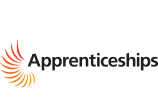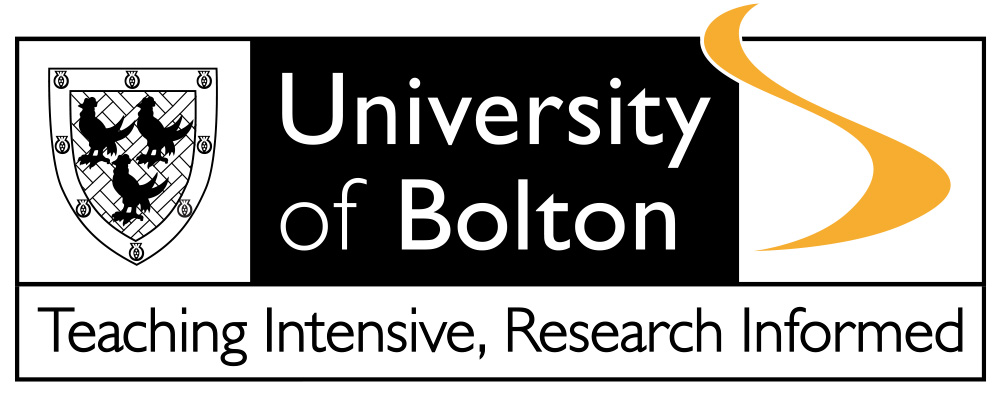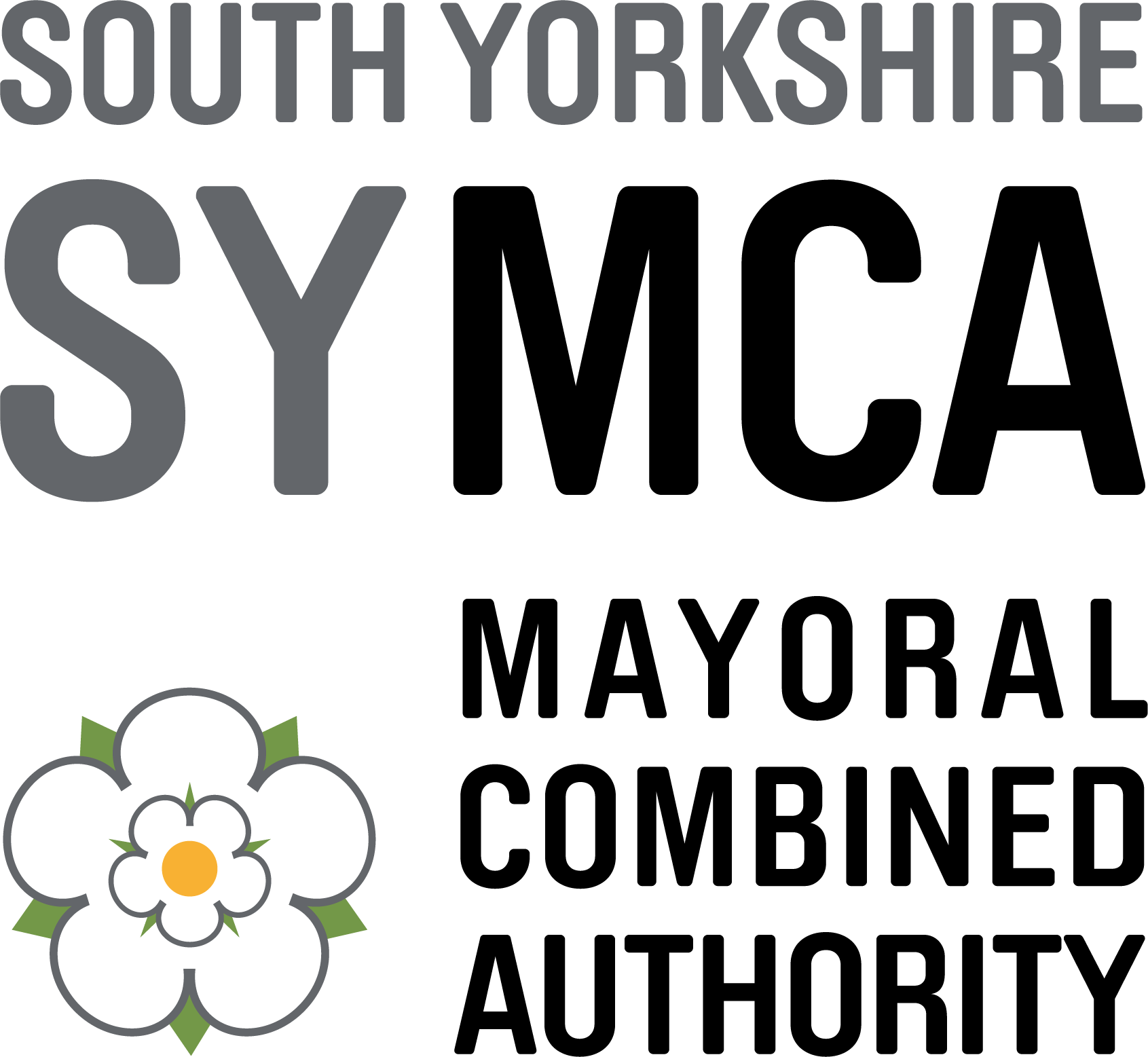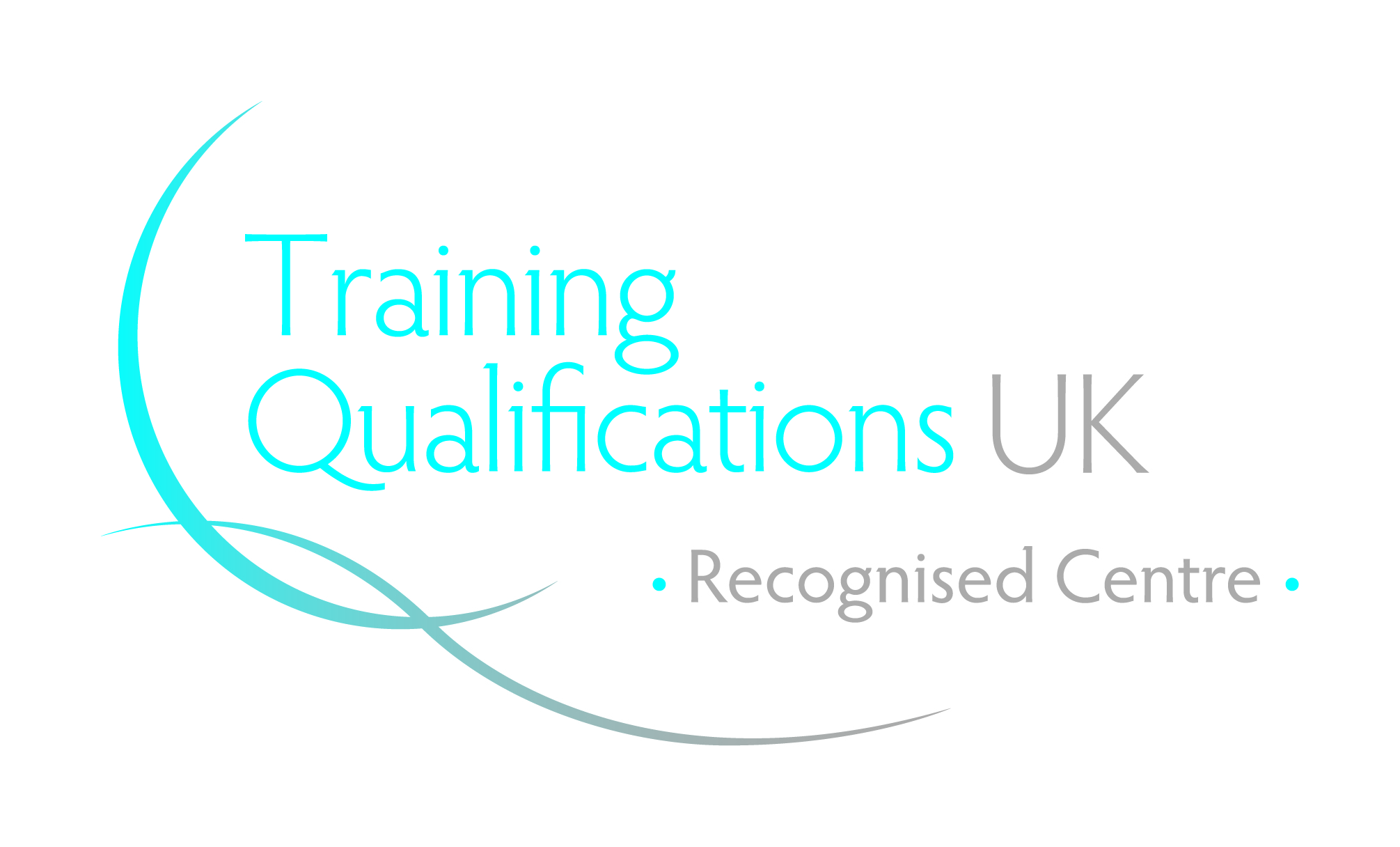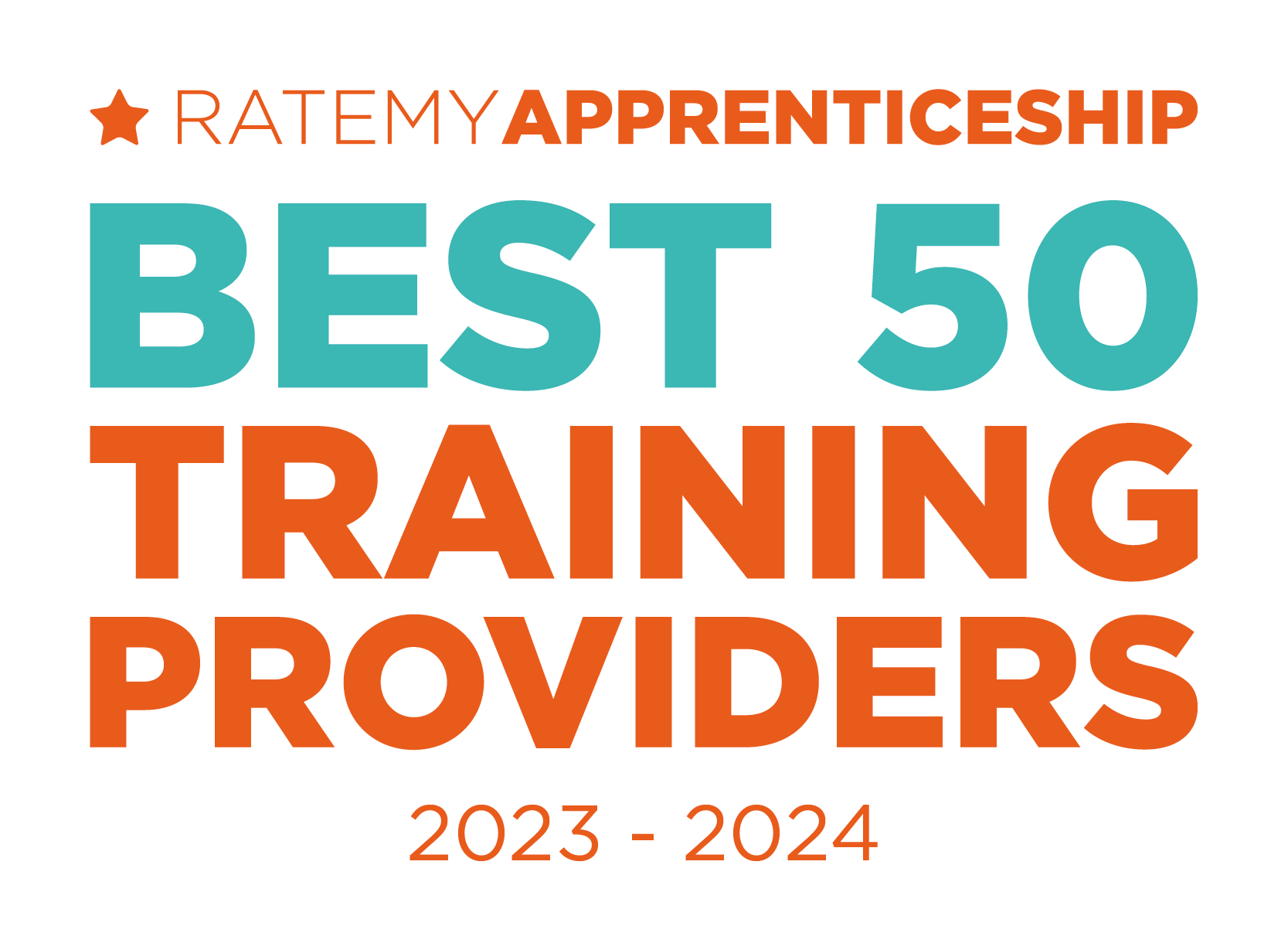Engineer Fitter - Level 3 Apprenticeship
An Engineer Fitter produces complex high value, low volume components or assemblies.
Typical job roles include:
- Mechanical Fitter
- Pipe Fitter
- Controls and Systems Fitter
- Electrical fitter
You can start this apprenticeship at any time.
On this apprenticeship, you will learn the following skills, knowledge and behaviours:
Knowledge
- Materials used in components/assemblies, for example; mild steel, aluminium, composites, copper etc. Their use and application considerations, for example machinability, hardness, conductivity, cost, availability, compatibility
- Principles of design and operation, for example; design for cost, minimising waste, productivity (speed), health and safety, reverse engineering
- Manufacturing and assembly processes for example; filing, sawing, scraping, drilling, soldering, bolting, wire cutting, threading etc
- Safe use of tools and equipment (hand and power tools); right tool for the job, requirements for machinery checks, adjustments, operation and shut down
- Component/assembly specifications, for example; electrical loading, load charts, torque settings, tolerances. What they are and how to use them
- Techniques for measuring, marking, cutting and drilling materials to the required size and shape, accurately, safely and economically and manufacturing processes
- Engineering mathematical and scientific principles; methods, techniques, graphical expressions, symbols, formulae and calculations
- Engineering data, for example; electrical readings, vibration, speed and calibration. What they are and how to interpret and use
- Component/assembly documentation. For example, bill of materials, standard operating procedures, inspection records, assembly instructions, electrical/pneumatic/hydraulic circuit diagrams. What they are and how to interpret and use
- Quality standards for components/assembly for example, drawing, calibration of equipment, materials specification. How to ensure they have been met and assured. Application of ISO9001 (Quality Management Standard) in the workplace
- Health and safety, including Health & Safety at Work Act, personal protective equipment (PPE), manual handling, Control of Substances Hazardous to Health (COSHH), Provision and Use of Work Equipment Regulations (PUWER), Noise at Work Regulations, Electricity at Work regulations, risk assessments; how they must be applied in the workplace
- Environmental considerations; safe disposal of waste, minimizing waste (re-use and re-cycle), energy efficiency
- Planning techniques – resources, tools, equipment, people; time management
- Component/assembly quality checks for example; checking tolerances, threads, voltages. Types of faults that occur and problem-solving techniques, for example; cause and effect, 5 Whys, flow process analysis etc
- Improvement techniques, for example; 5s techniques, problem-solving techniques, value stream mapping, kaizen, contributing to effective team working, Total Productive Maintenance
- Fitters’ role in the wider operation. Limits of autonomy; reporting channels. Other functions that fitters could interact with for example health & safety, quality assurance, business improvement/excellence, their purpose and interdependencies. Internal and external customers
- Commercial considerations including contractual arrangements (for example penalty clauses, targets). How the role contributes to commercial operations
Skills
- Reading, interpreting and understanding the component/assembly specification, diagrams, drawings and work instructions
- Planning component/assembly task – materials, tools and equipment
- Preparing work area for component/assembly task; sourcing required resources, tools/equipment
- Carryout relevant planning and preparation activities before commencing work activity and know-how to source required resources and interpret detailed drawings, specifications and job instructions
- Checking tools during and after task completion; identifying and reporting defects
- Measuring and testing, checking/inspecting component/assembly for example; use of micrometers, verniers, multimeters, voltmeter
- Problem-solving; analysing the issue and fixing the issue where appropriate
- Applying improvement techniques; recommending/implementing solutions where appropriate
- Communicating with colleagues and/or customers (internal or external)
- Completing component/assembly documentation for example job instructions, drawings, quality control documentation
- Reporting work outcomes and/or issues
- Restoring the work area on completion of the activity; returning any resources and consumables to the appropriate location and housekeeping.
- Disposing of waste in accordance with waste streams; re-cycling/re-using where appropriate
- Operating within limits of responsibility
- Operating in line with quality, health & safety and environmental policy and procedures; identifying risks and hazards and identifying control measures where applicable
Behaviours
- Takes personal responsibility and is resilient. For example, health and safety first attitude, disciplined and responsible approach to risk, works diligently regardless of how much they are being supervised, accept responsibility for managing their own time and workload and staying motivated and committed when facing challenges
- Works effectively in teams. For example, integrates with the team, supports other people, considers implications of their own actions on other people and the business whilst working effectively to get the task completed
- Effective communicator and personable. For example, an open and honest communicator; communicates clearly using appropriate methods, listens well to others and has a positive, respectful attitude, adjusts approach to take account of equality and diversity considerations
- Focuses on quality and problem-solving. For example, follows instructions and guidance, demonstrates attention to detail, follows a logical approach to problem-solving and seeks opportunities to improve quality, speed and efficiency
- Committed to continuous personal development. For example reflects on skills, knowledge and behaviours and seeks opportunities to develop, adapts to different situations, environments or technologies and has a positive attitude to feedback and advice
On successful completion, you will achieve an Engineer Fitter Level 3 Apprenticeship Standard.
You must have a GCSE grade A*-C or 4-9 in GCSE maths and English.
You will attend the GM SkillCentre 1 day per week and a Skills Development Tutor will visit you at your workplace every 4 to 6 weeks.
There is no fee for the learner. For information on costs to the employer, please contact us.
T. 0161 876 3300
E. gmskillcentre@gceducationandskills.ac.uk
